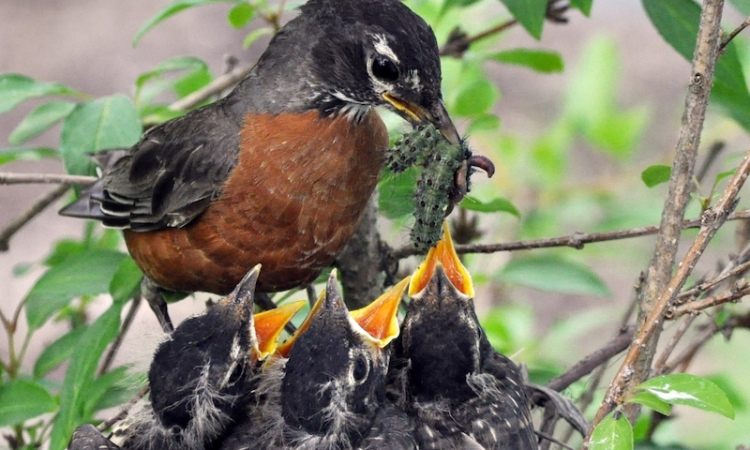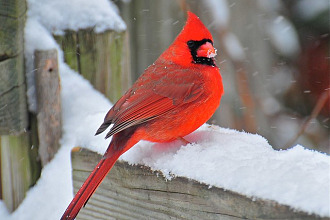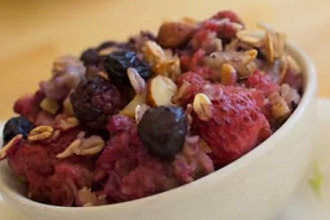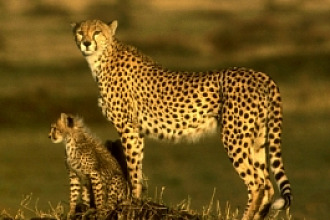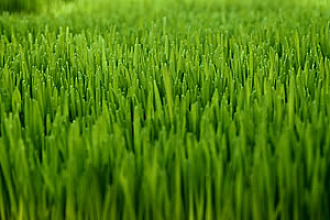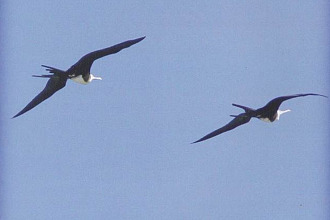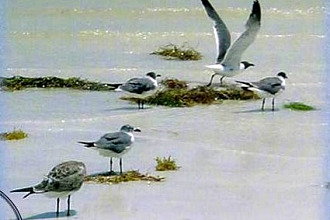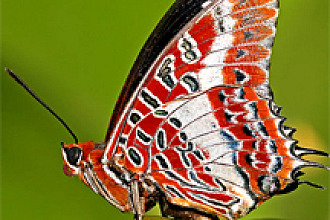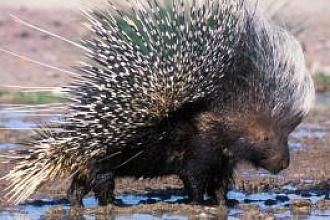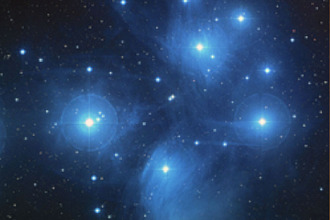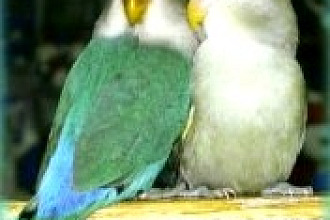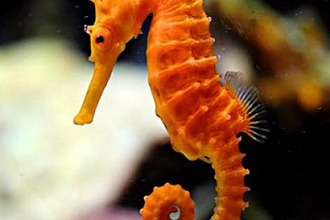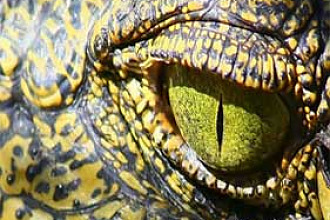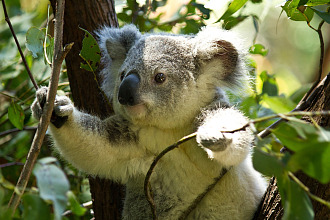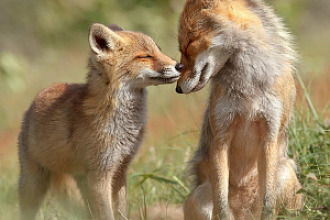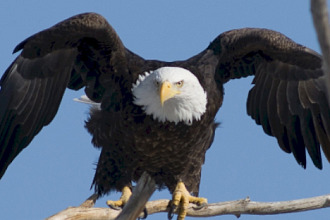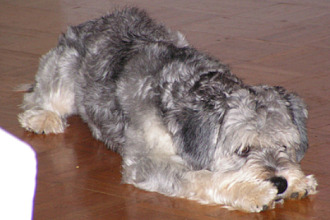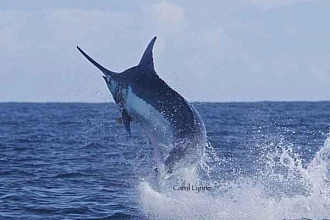"He cares for you" (1 Peter 5:7).
Did you ever see a bird nest in a tree? How did that nest get there? A bird put it there. Did the bird find the nest somewhere and carry it to the tree? No. The bird had to build it there, didn't it?
In spring, the mother robin is ready to build a nest. First she finds some dry grass or sticks. She carries them in her bill and puts them in the tree. Then she flies to another place and gets some mud. She carries the mud in her bill and puts it on the sticks and grass. Back and forth she flies. She brings more grass and more mud and more sticks. Very carefully she makes her nest just the way God taught her to do it.
Why does the mother robin need to build a nest? She needs a safe place to lay her eggs. When the nest is finished, she lays some bright blue eggs in it. Then she sits on top of the eggs and keeps them warm while her tiny babies grow inside the eggs. She has to be patient, because it takes a long time.
When the baby robins are big enough, they come out of their eggs. They are so very tiny. Are they ready to fly around and get worms to eat? Oh, no. They need their mother to take care of them.
The mother robin has to work very hard to find enough food for her hungry babies. She looks for worms and bugs and berries. When she comes back to the nest with food, the little babies open their mouths wide and say, "Peep! Peep! Peep!" Mother robin puts food in their mouths. Then she flies away to find some more food for them to eat.
Does the mother robin take good care of her babies? Yes, she does.
Who took care of you when you were little? Your mother and father did. Who gave you your mother and father? God did. And God helped your mother and father so they could give you food to eat and a home to live in.
God loves us very much. Shall we thank Him for taking good care of us?
This article provided by: My Bible First.
To purchase books about nature from My Bible First, click here.

